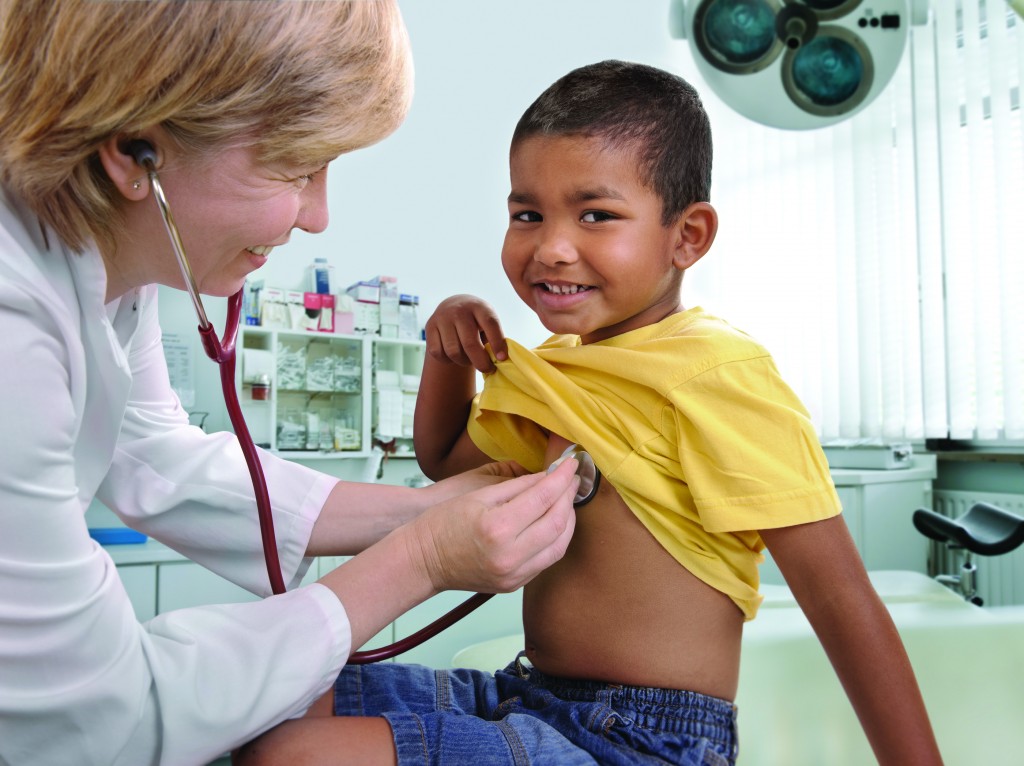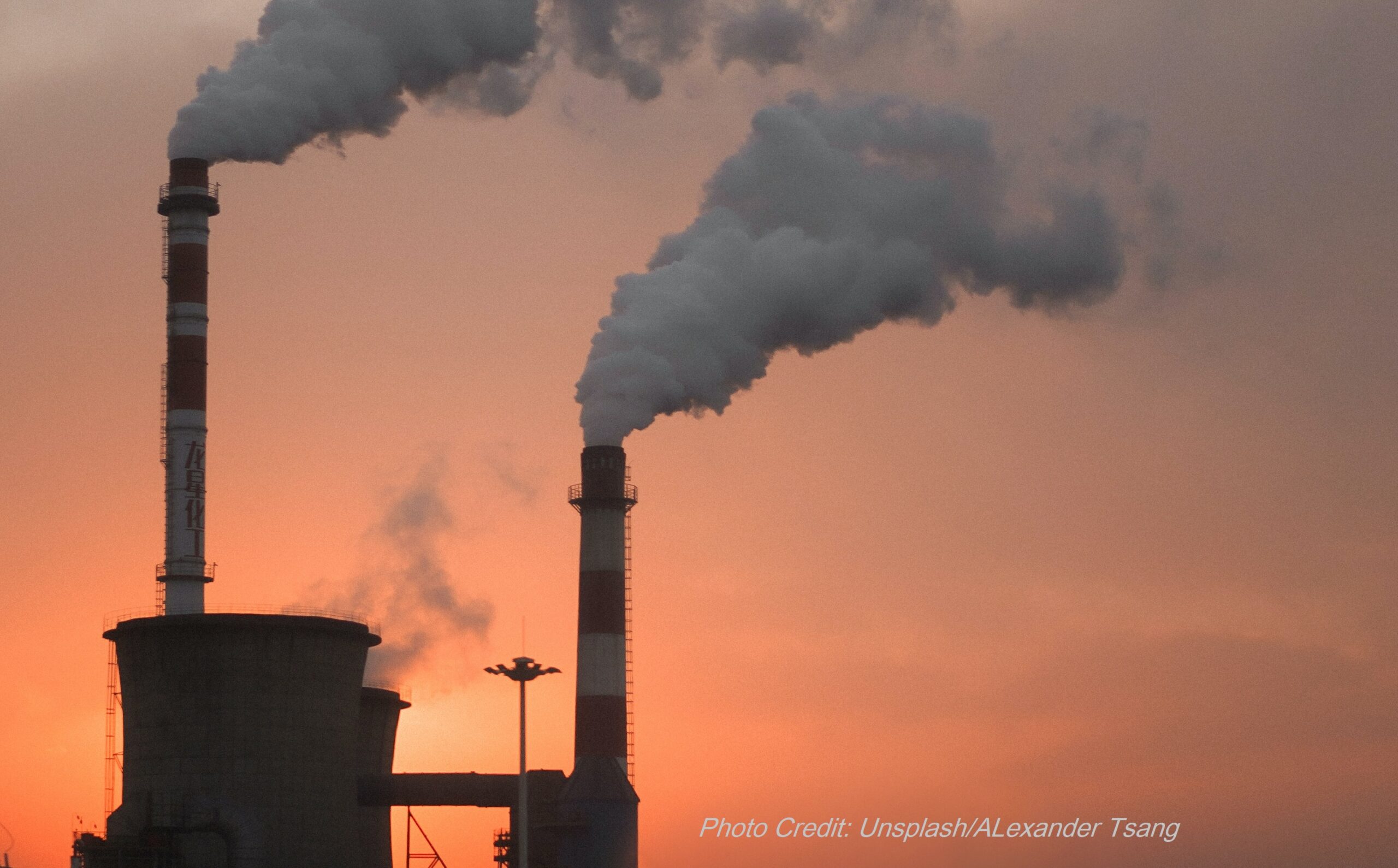Children with asthma are more at risk from both air pollution and viral infections including COVID-19. Air pollution damages children’s lungs and makes people more likely to die from COVID-19. So children with asthma who live in areas with high air pollution are at extra risk during the coronavirus pandemic.
Environmental Health News has an article by Kristina Marusic about children with asthma, air pollution and COVID-19. In it she talks with Dr. Deborah Gentile, a pediatric asthma and allergy specialist. Dr. Gentile explains how asthma makes the airways more inflamed, and that air pollution can make viral illnesses worse, and that experiencing all three together: asthma, air pollution, and COVID-19, is more than just adding them, it’s like multiplying.
The article then points out that the Environmental Protection Agency (EPA) recently relaxed enforcement of pollution laws during the coronavirus pandemic, which really concerns public health experts.
The article talks about an area near Pittsburgh near an industrial facility that has very high levels of air pollution, and of asthma in the children who live nearby.
The article then talks with Dr. Franziska Rosser, a pediatric pulmonologist, about what parents of children with asthma can do. Dr. Rosser notes that now is an ideal time for parents to talk to their children’s doctor, to be sure the asthma is well controlled. It’s good to do it before the children get sick, and to have plans in place for what to do if they do get COVID-19. Much can be done over the phone. Dr. Gentile noted it’s also good to have plenty of the child’s asthma medicine on hand, and to have plans in place to try to treat flare-ups at home, if possible. And to always call 911 the child is having serious problems breathing.
The article then notes that both doctors say it’s critical for parents who smoke, to smoke outside, away from the child with asthma. That’s especially true now, when many parents are at home more. And it’s good to avoid other triggers for asthma, such as air fresheners and plug-in scents.
Please visit this link to read the whole article in Environmental Health News, it’s very good.





